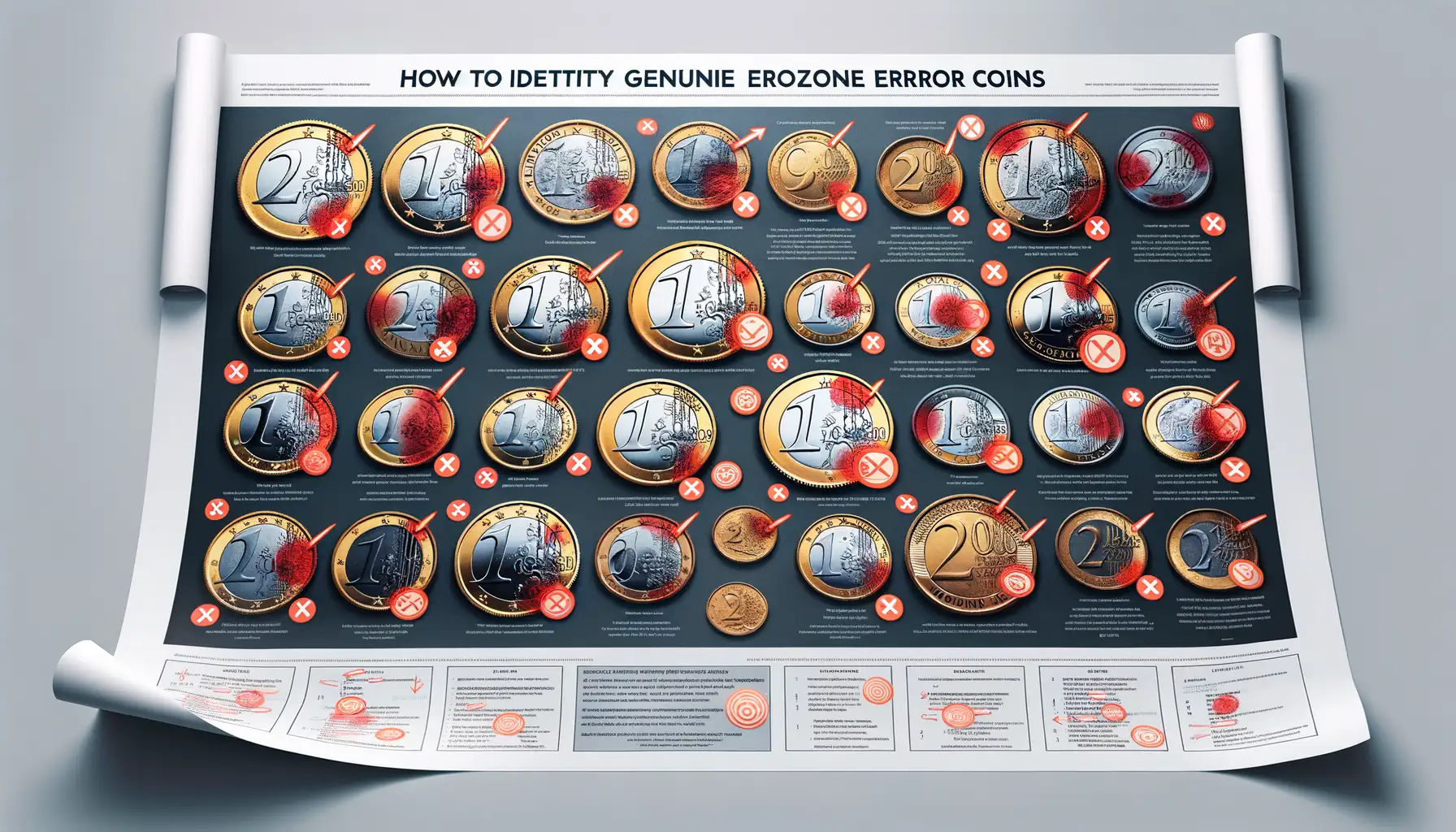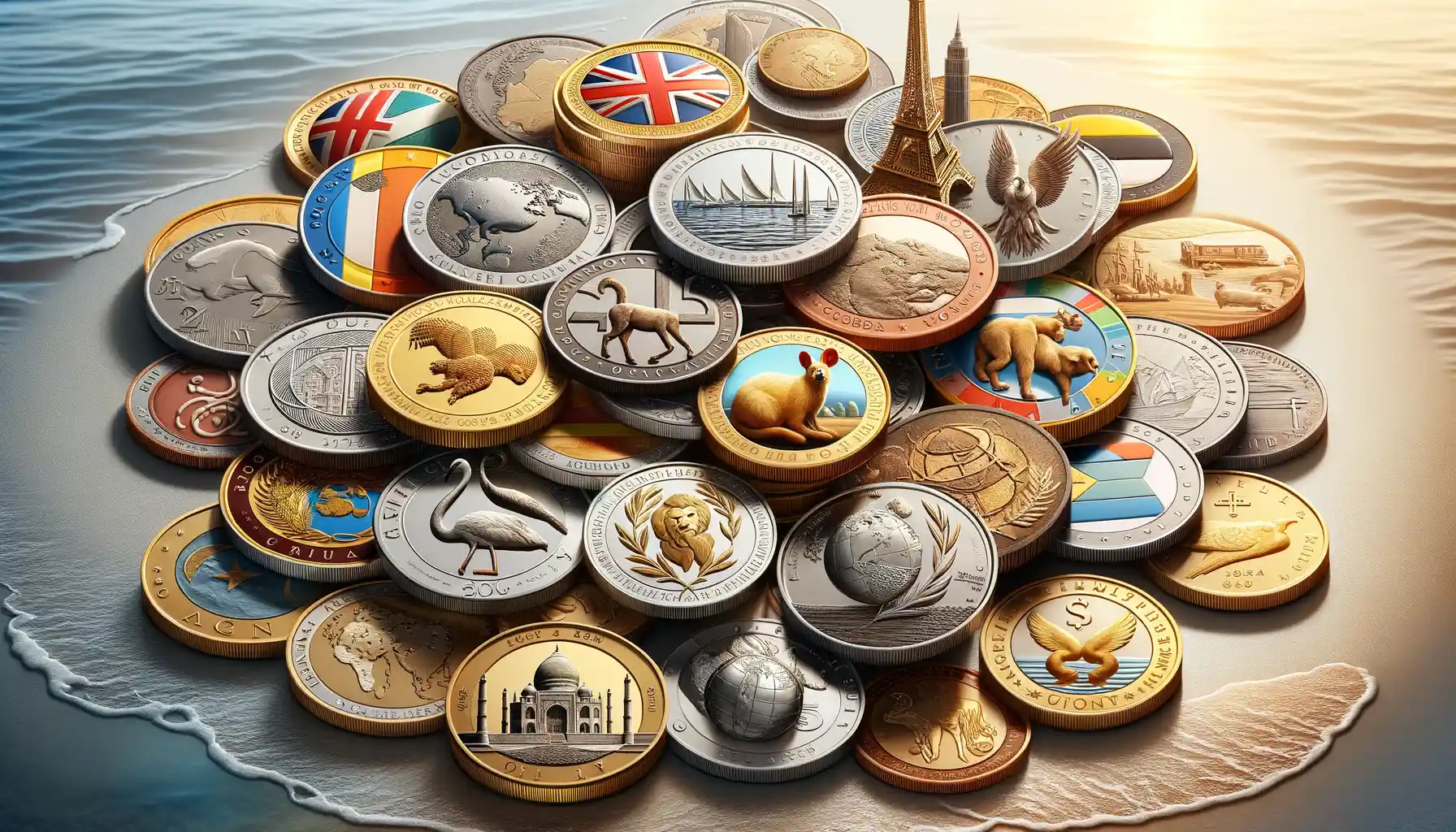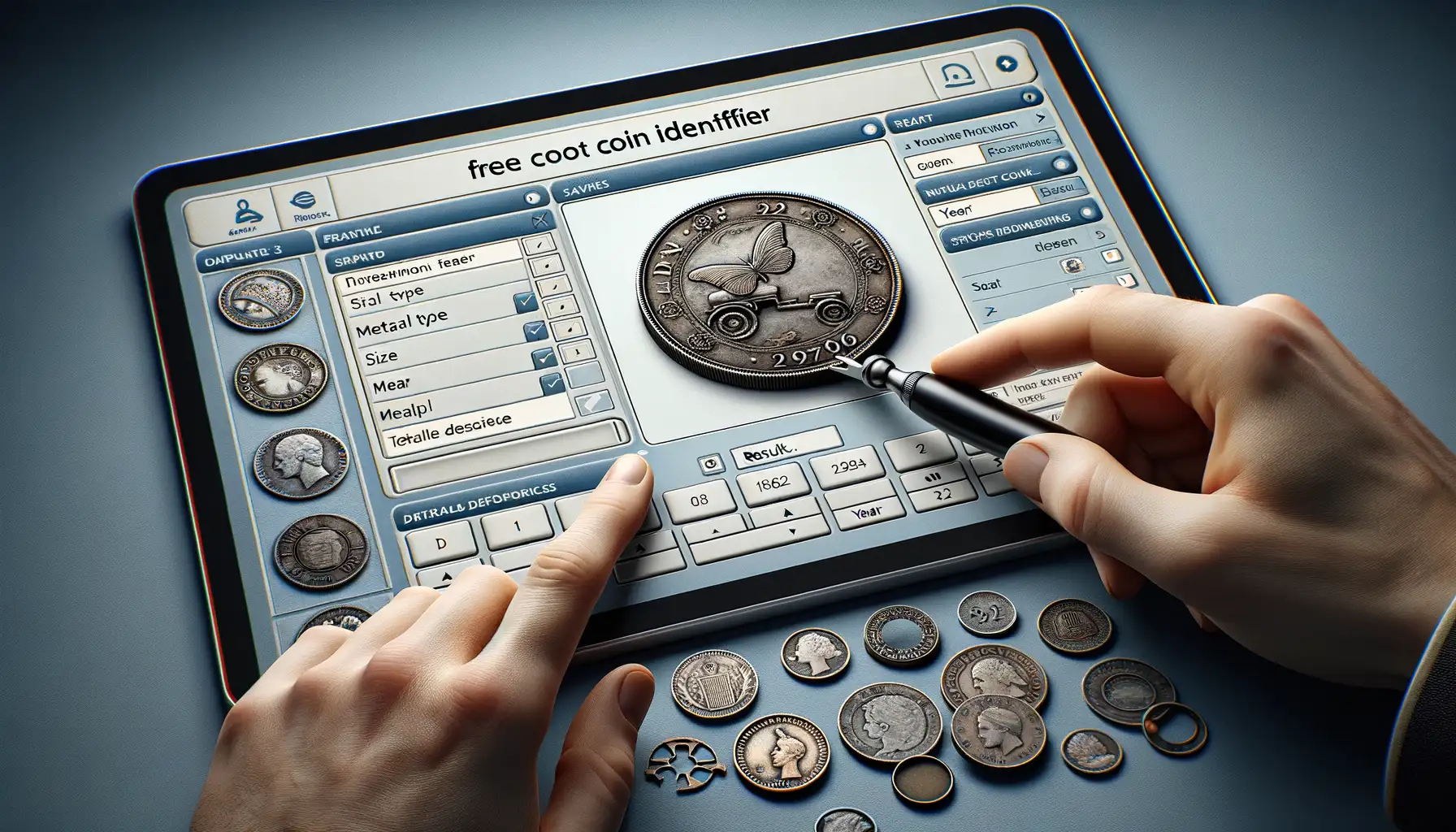The Risks of Cleaning Coins
Why Cleaning Coins Can Backfire
Sometimes, what seems like a harmless scrub can turn into a disaster. Cleaning coins isn’t as simple as dusting off an old shelf—it’s more like trying to restore a fragile painting with sandpaper. Here’s why:
- You can scratch them permanently: Even a soft-bristle toothbrush can leave microscopic scratches on the surface of your coin. Over time, these tiny blemishes become glaring wounds to its value.
- It ruins the natural “patina”: That subtle layer of oxidation isn’t just tarnish—it’s a badge of authenticity. Scrubbing it away is like erasing history from the metal.
- It signals tampering: A cleaned coin screams inauthentic to seasoned collectors. It’s like showing up to an art auction with a repainted Van Gogh—everyone notices.
When Cleaning Does More Harm Than Good
Imagine picking up an old silver coin, heavy with the stories of a bygone era, only to discover someone had given it a “polish.” The shine might catch the eye, but the charm? Gone. Worse yet, certain cleaning methods (like using acids or harsh chemicals) can strip off intricate details, leaving the coin looking unnaturally smooth and… lifeless. What feels like restoration often becomes destruction in disguise.
So before you’re tempted by those flashy “cleaning hacks” online, remember: every swirl, scratch, and scorch subtracts from a coin’s story—and its worth.
Understanding the Science of Coin Tarnish
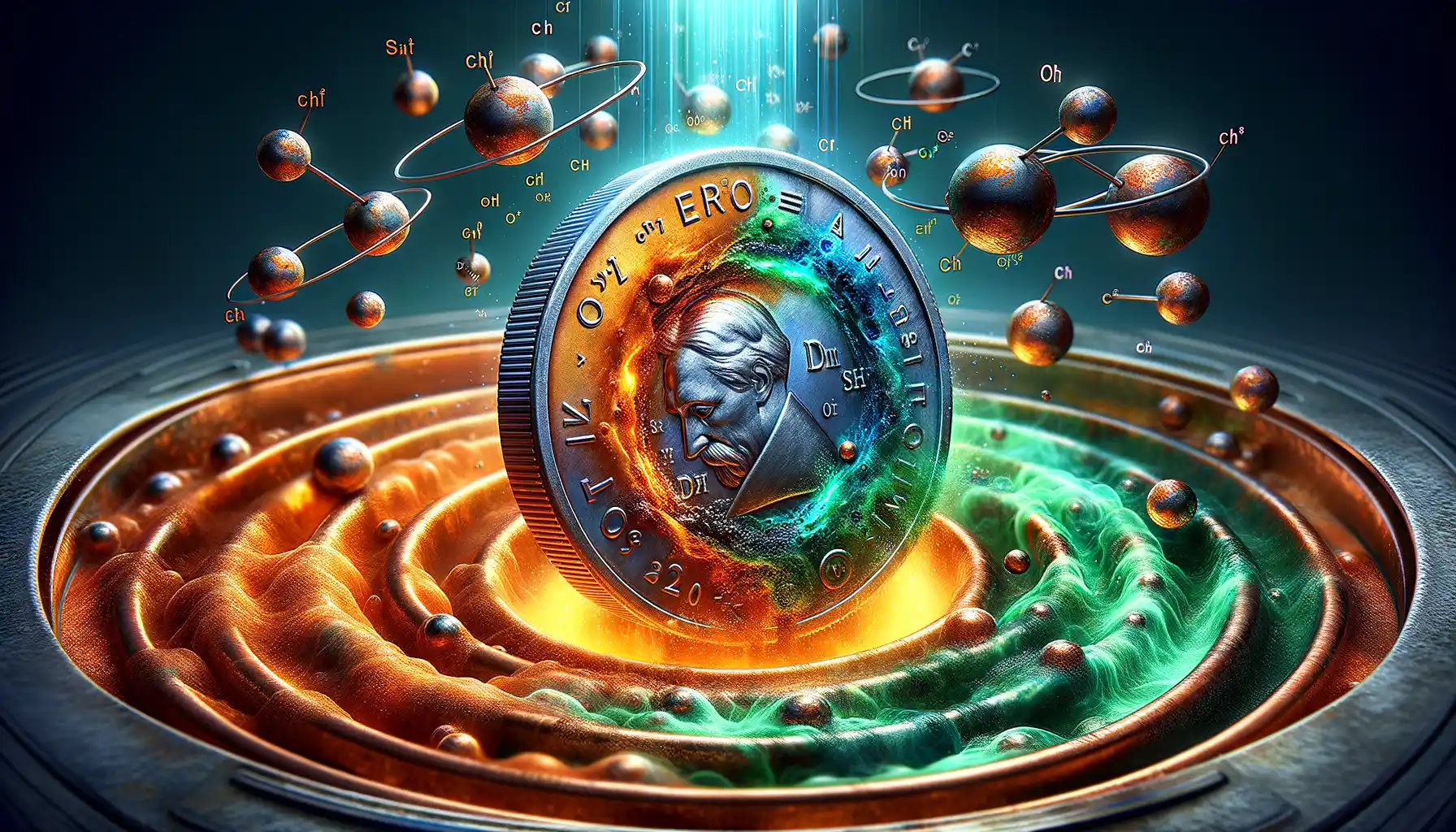
What Causes Coins to Lose Their Shine?
Have you ever noticed how some coins look like they’ve been dipped in a potion of time itself? That subtle greenish tint on a once-bright penny or the dull gray haze discoloring a silver coin isn’t just dirt—it’s science, quietly at work. Tarnish is, quite literally, your coin’s battle scars from exposure to the elements.
At the heart of this process? Chemistry. When metals like copper, silver, or nickel meet the invisible villains in the air—oxygen, sulfur dioxide, and moisture—they join forces in ways that aren’t pretty. For example:
- Silver coins: They develop that infamous black tarnish thanks to hydrogen sulfide, a compound commonly found in pollution and even eggs!
- Copper coins: These often turn greenish-blue due to a layer of copper carbonate forming on their surface, which is the same phenomenon behind the Statue of Liberty’s iconic hue.
Why Tarnish Isn’t Always Bad
It may seem counterintuitive, but that unsightly tarnish actually tells a story—and collectors know it too well. A naturally aged patina shows authenticity, something that uncleaned coins proudly flaunt like a badge of honor! So next time you spot an old coin with its dull gleam, remember: it earned that look through decades of resilience.
Methods Commonly Used to Clean Coins
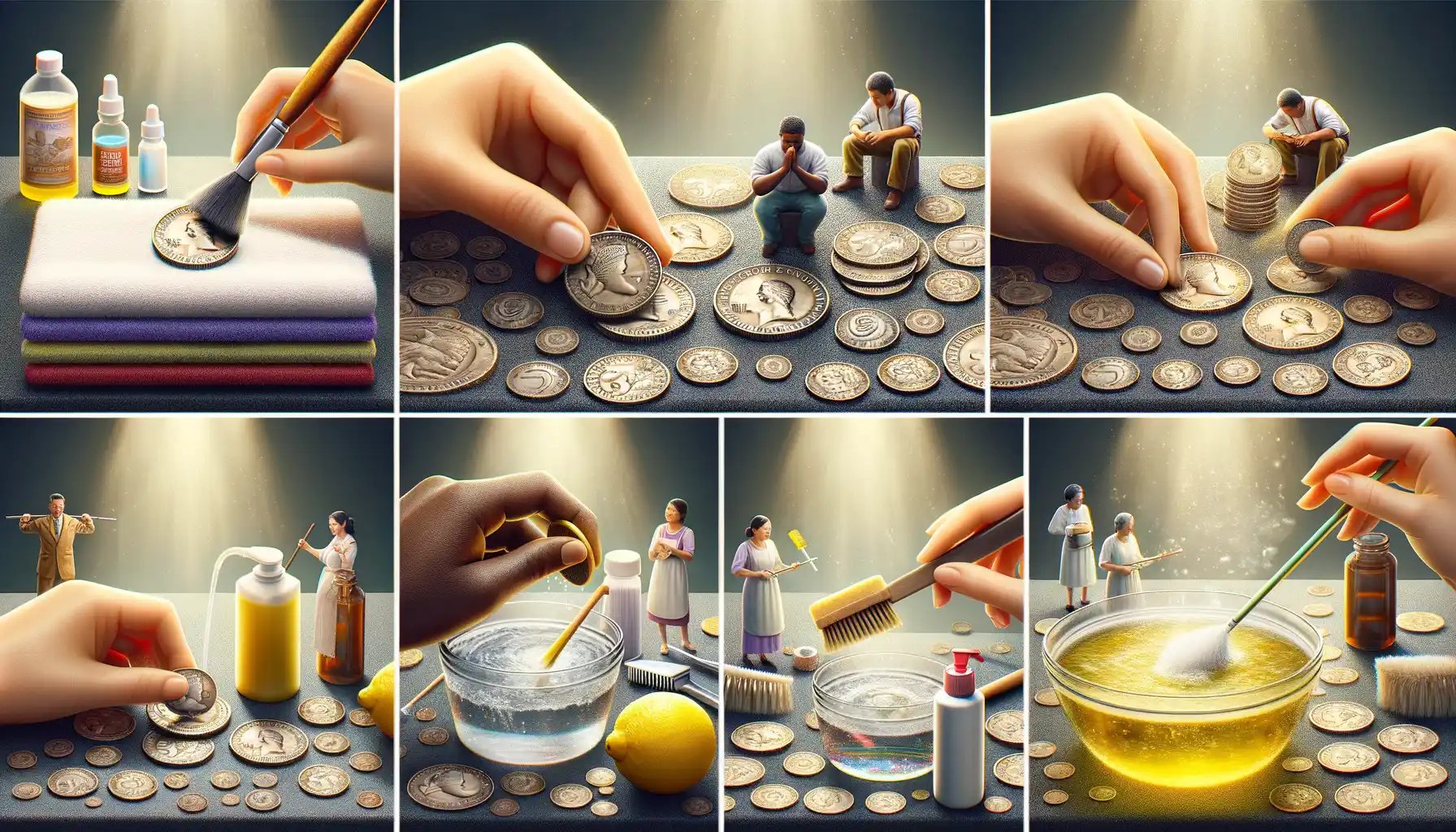
Popular Coin Cleaning Practices (and Their Hidden Dangers)
Ever wondered how people clean coins that look like they were buried for centuries? Well, there are a handful of methods collectors and hobbyists swear by—although they’re often a double-edged sword. Some of these techniques might sound innocent, but trust me, your coins might feel differently.
- Soap and Water: A classic go-to for mild dirt. People soak coins in soapy water, scrubbing gently with a soft toothbrush. But here’s the kicker: even “gentle” brushing can leave invisible scratches.
- Lemon Juice or Vinegar: These acidic kitchen staples promise to strip tarnish and restore shine. Sure, they deliver on the sparkle, but at what cost? Acids eat away at the coin’s surface, erasing fine details forever.
- Baking Soda Paste: This favorite DIY exfoliant works wonders on pennies. However, rough abrasives can turn an heirloom into a shadow of its former self.
Tools and Gadgets People Use
Some enthusiasts take it up a notch with high-tech or unconventional approaches:
– **Ultrasonic Cleaners:** Fancy gadgets that vibrate dirt loose. While mesmerizing to watch, they can accidentally dislodge important patina.
– **Erasers and Polishing Cloths:** These might seem harmless, but polishing removes the coin’s natural “aged” look—something serious collectors cherish.
Let’s face it, coins have stories etched into them. Why scrub away their history for temporary gleam?
Why Cleaning Coins Reduces Their Value
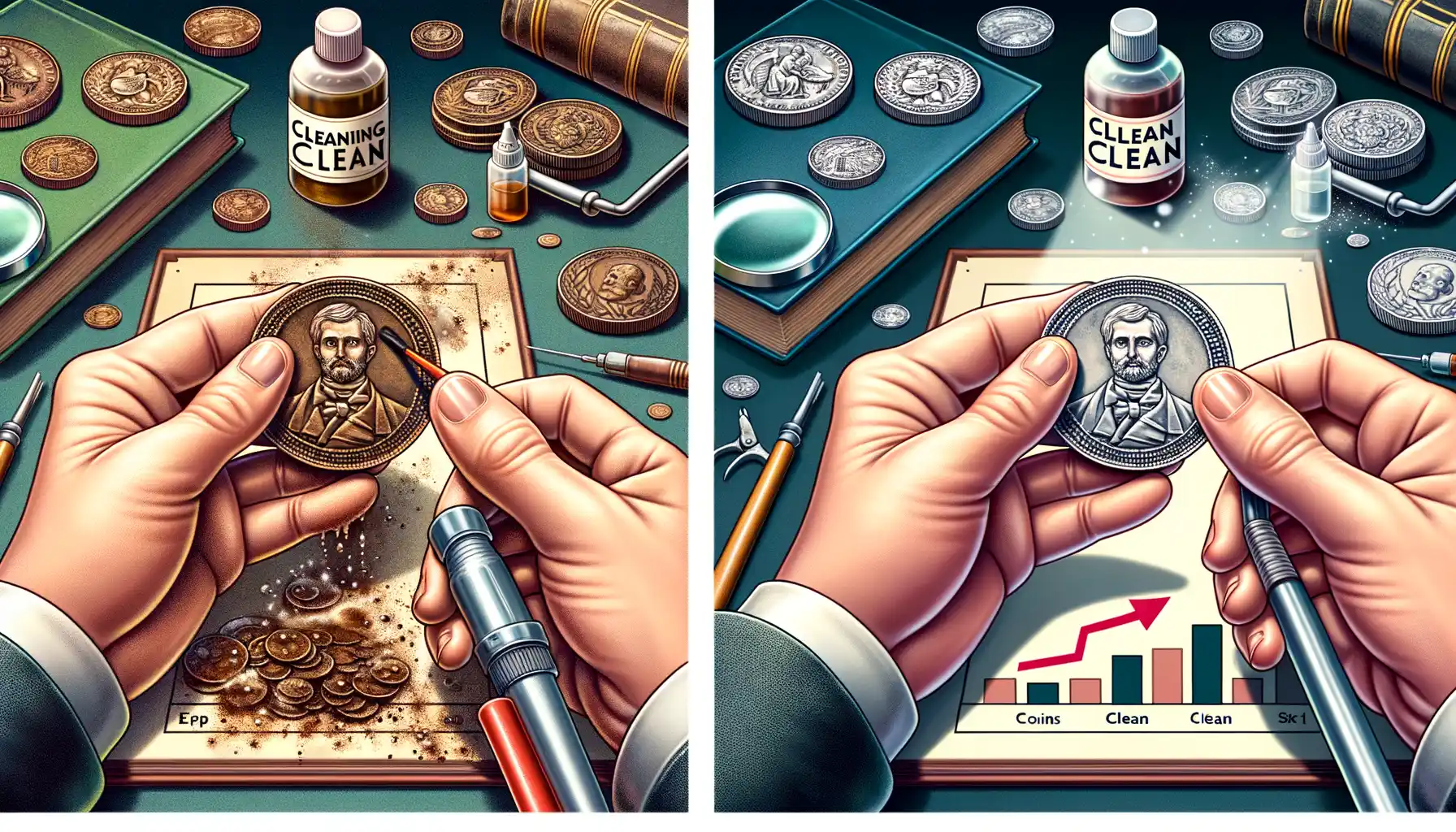
The Hidden Dangers of “Shiny” Coins
You might think cleaning a coin to bring back its original shine is doing it a favor, but here’s a hard truth: in the world of numismatics (the fancy word for coin collecting), that sparkle can scream “damage”! Cleaning coins often erases something collectors treasure most—authenticity.
Why? Imagine an antique table. Scrubbing away its patina—the layer of history, age, and character—turns it into just another generic piece of wood. Coins are no different. That subtle tarnish or “toning” tells a unique story, showing off the natural chemistry of time. When you clean a coin, you’re essentially scrubbing away its soul.
How Cleaning Hurts Coin Value
Here’s the kicker: even the gentlest cleaning methods can scratch or alter a coin’s surface. To seasoned buyers, those microscopic marks are like flashing neon signs saying, “This coin’s been tampered with!” And the result?
- A significant drop in resale value.
- Loss of appeal to serious collectors.
- Permanent damage to the coin’s historical integrity.
Think twice before reaching for that cleaning cloth—you could be wiping away more than dirt; you could be wiping away history itself.
Expert Recommendations for Coin Care
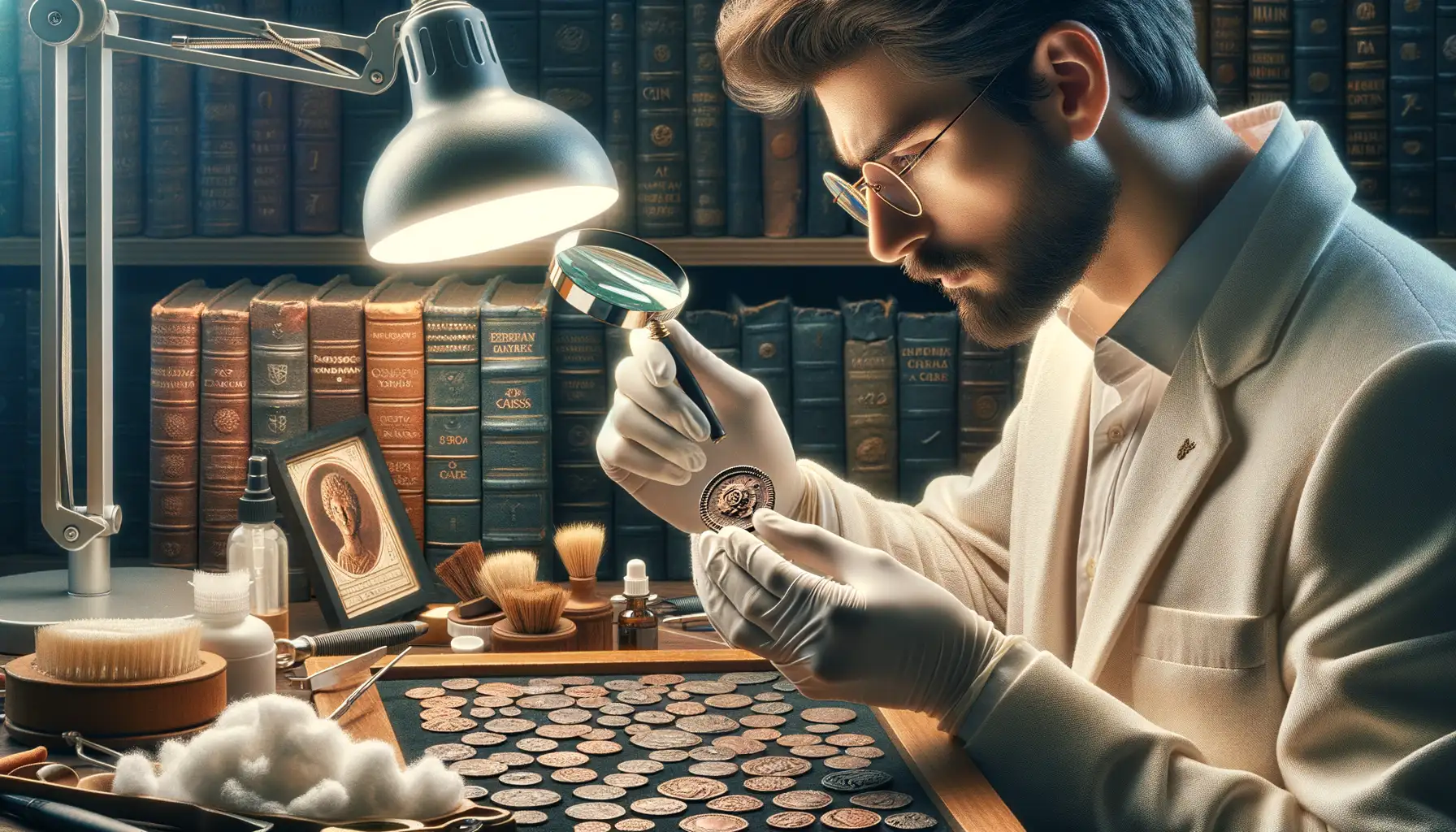
Handle Your Coins Like Precious Artifacts
Imagine holding a piece of history in your palm—a coin that whispers tales of ancient traders or royal treasuries. To preserve its story, proper care is key! Start with the basics: always handle coins by their edges. Oils, dirt, and even microscopic particles on your fingertips can harm their surfaces over time. Want to avoid accidental scratches? Use soft cotton gloves and handle them over a padded surface like velvet or foam.
Storage matters, too. Coins are like introverts—they thrive in climate-controlled spaces away from sunlight and humidity. Air-tight holders or mylar flips are excellent choices. Avoid PVC-based sleeves since they emit chemicals that can damage your treasures.
Prevention Over Intervention: The Golden Rule
You might be tempted to “refresh” your coins, but resist the urge! Cleaning can wipe away delicate patinas or mint marks, reducing the historic and monetary value. Instead, focus on preventive care:
- Store coins individually to avoid friction.
- Check for signs of tarnish regularly, but don’t panic! Sometimes, tarnish is natural and even boosts value.
- Invest in silica packs to ward off moisture.
Think of yourself as a curator—not just a collector—preserving these timeless artifacts for future generations.

